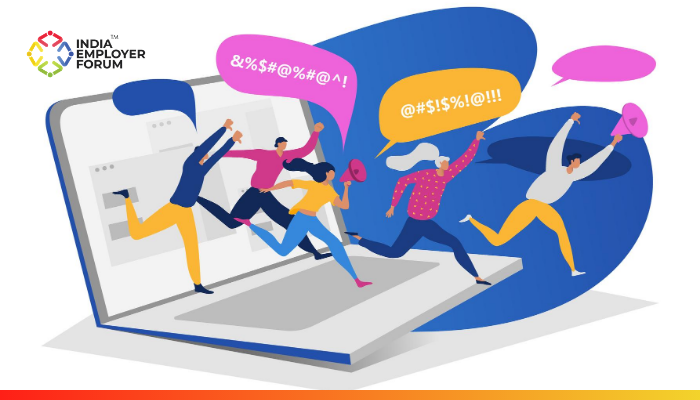One would expect workplace harassment to be the last thing on the minds of the workforce that’s trying hard to hold on to their positions in a changing work environment. This latter state is true of nearly every employee grappling with job uncertainty and post-COVID-19 stress.
Defining workplace harassment in the new-age work norms takes on new importance. The reason is that harassment in the workplace is hardly novel – but it morphs into irregular forms that have not been seen hitherto – while it erupts in unexpected areas and persists all the same. What does not change is the blueprint for countering it – by raising awareness and clarifying expectations and standards for behavior.
You might also be interested to read: How to Handle Sexual Harassment at Workplace
A look at the existing framework to counter workplace sexual harassment attacks
A welcome step that codified the possibilities and consequences of workplace sexual harassment attacks is the POSH act of 2013. It is a term roughly abbreviated to stand for the prevention of sexual harassment of women at the workplace. It deals with the prevention, prohibition, and redressal. India’s business organizations have been forthcoming in adopting POSH. But the time has now come in 2020 when they are harnessing the ever-present Internet for operational activities. Hence, they need to deal upfront with the fall-out of the possibility of virtual harassment. In view of digital penetration into day-to-day work, organizations must review POSH policies.
Complaints of workplace harassment can emerge even when employees don’t meet
Workplace harassment can be as innocent as calling employees on work matters outside work hours, pressuring them to give up off-hours in favor of unfinished work-related activities, or letting diversity and inclusivity fall by the wayside.
No organization would want to be categorized as unsafe or discriminatory. The label of harassment during COVID-19 can be hard to shed even after workplaces return to business-as-usual. The Center for Monitoring Indian Economy (CMIE) reported late in June that unemployment has returned to pre-lockdown levels. While this is good news, it means that workers returning to offices and remote workers should continue to be protected against workplace harassment.
All employees would benefit from monitoring the following:
- Avoiding chats and connection on social media platforms
- Limiting the use of emoticons, suggestive symbols or audio-visual content
- Rules against sharing inappropriate jokes, comments about online avatars or display pictures
- Removing the need for video calls, especially outside office-hours
- Respecting the employee’s need for space, time, and situation at home
- Speaking respectfully at all times specially while offering criticism, and feedback during meetings
As location-independent working styles are set to become the norm, companies do well to define core standards of behavior. Workplace harassment merits deep study because it is seemingly innocuous. In the wake of fears of exploitation and harassment during COVID-19, beating the problem before it gets ugly is the only way forward.
India’s corporates have responded proactively to the issue of workplace harassment by conducting short sensitizing workshops or awareness modules and quizzes. The World Health Organization has tips on getting workplaces ready for telecommuting while keeping behavioral standards high and promoting employee motivation and morale.
References:
- Arindam Goswami, How workplace harassment has taken on new forms, HR Katha, July 3rd, 2020
- Rashmi Menon, Five Indian companies get commemorated for best PoSH practises, Live Mint, Jan 22nd, 2020
- Yogima Seth Sharma, Unemployment rate falls to pre-lockdown level: CMIE, The Economic Times, June 24th, 2020
Related Topics:






